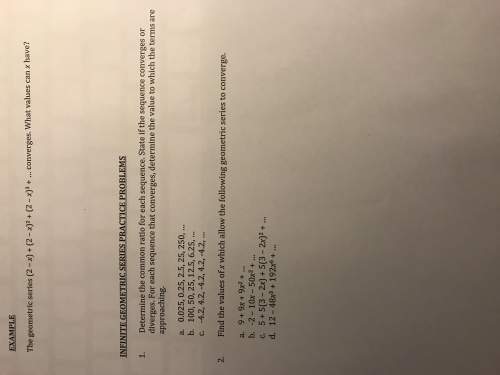
Mathematics, 29.10.2019 04:31 lover23707
An educational consulting firm is trying to decide whether high school student who have never before used handheld calculators can solve a certain type of problem more easily with a calculator that uses reverse polish logic or one that does not use this logic. a sample of 25 student is selected and allowed to practice on both calculators. then each student is asked to work one problem on the reverse polish calculator and a similar problem on the other. let p = p(s), where s indicates that a student worked the problem more quickly using revers polish logic than without, and let x = number of s’s. a) if p = 0.5, what is p(7 ≤ x ≤ 18)? b) if p = 0.8, what is p(7 ≤ x ≤ 18)? c) if the claim that p = 0.5 is to be rejected when either x ≤ 7 or x ≥ 18, what is the probability of rejecting the claim when it is actually correct? d) if the decision to reject the claim p = 0.5 is made as in part c), what is the probability that t

Answers: 2


Another question on Mathematics


Mathematics, 21.06.2019 20:00
15m is what percent of 60m; 3m; 30m; 1.5 km? the last one is km not m
Answers: 1

Mathematics, 21.06.2019 21:30
A(1,1) b(-3,0) c(-4,-1) d(3,-2) drag it to correct position
Answers: 2

Mathematics, 22.06.2019 00:00
One positive integer is 2 less than another. the product of the two integers is 24. what are the integers?
Answers: 1
You know the right answer?
An educational consulting firm is trying to decide whether high school student who have never before...
Questions

Chemistry, 30.07.2019 02:30



Mathematics, 30.07.2019 02:30

History, 30.07.2019 02:30

Physics, 30.07.2019 02:30

Biology, 30.07.2019 02:30

History, 30.07.2019 02:30


Social Studies, 30.07.2019 02:30


Physics, 30.07.2019 02:30

History, 30.07.2019 02:30



History, 30.07.2019 02:30




Geography, 30.07.2019 02:30





